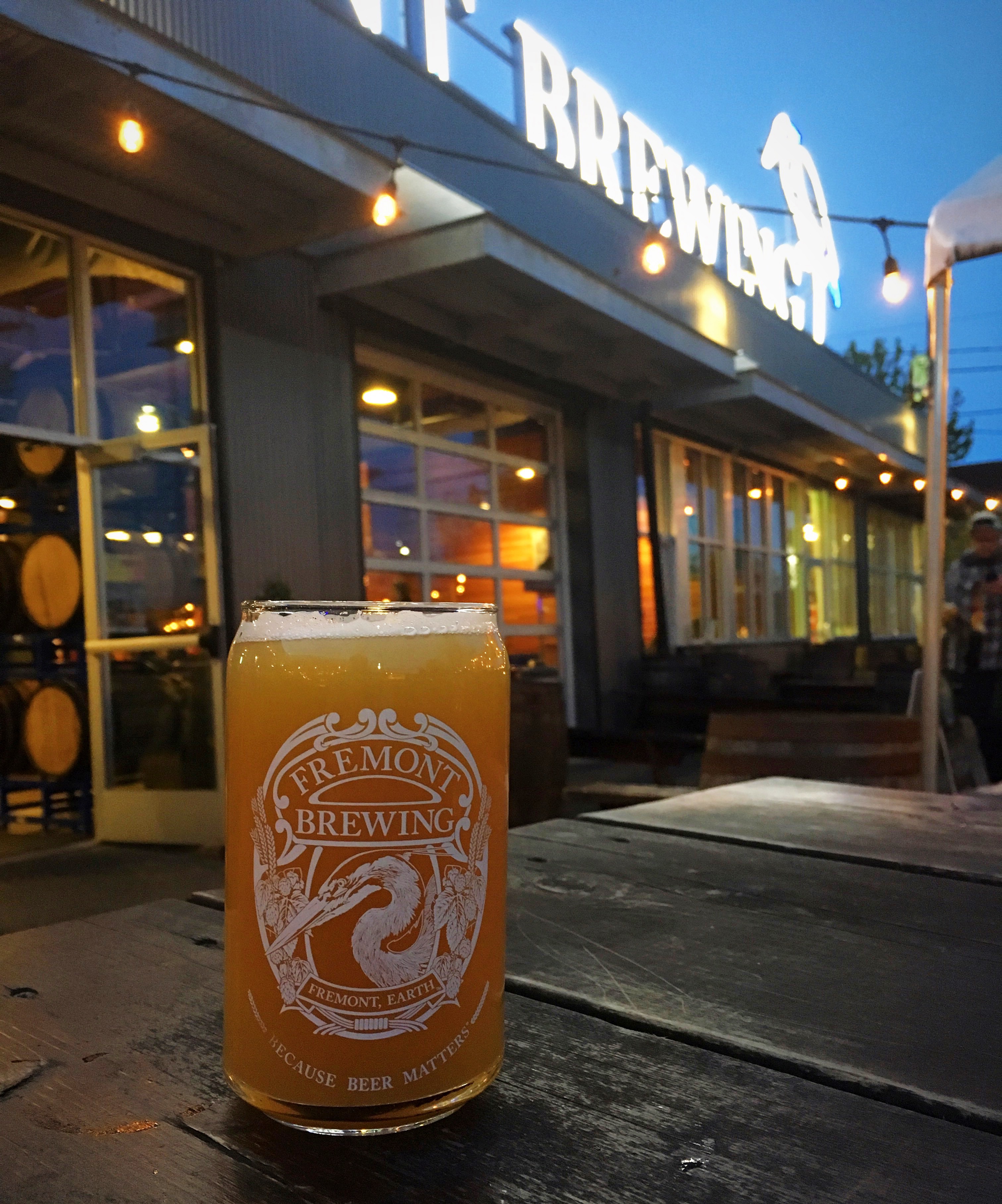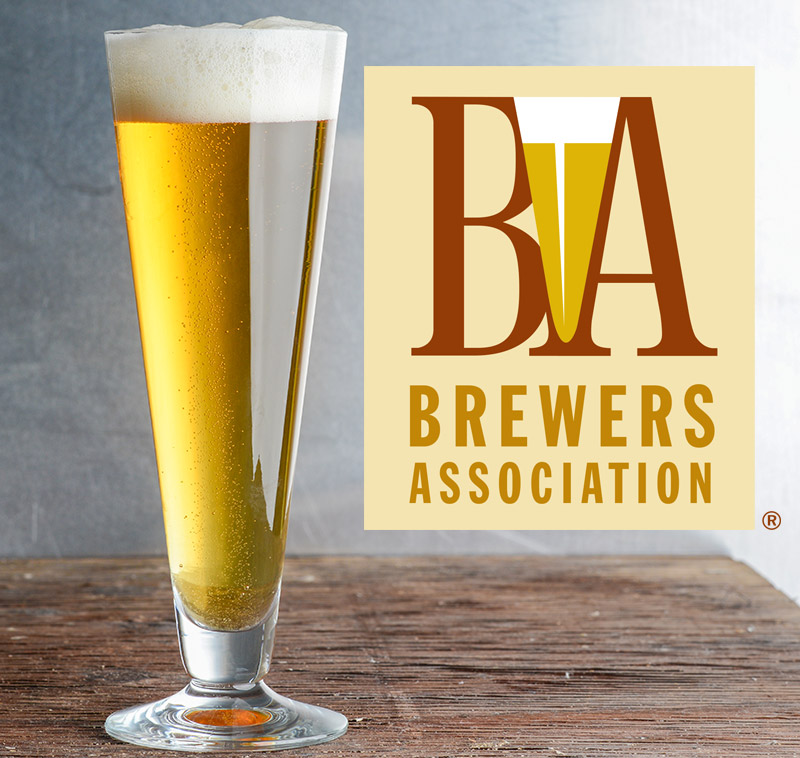Brewers Association Recognizes Hazy IPA With Its 2018 Beer Style Guidelines
Today the Brewers Association (BA) released its 2018 Beer Style Guidelines. With this announcement the BA has added four new categories including three that are for juicy or hazy ale. The new categories are the following – Juicy or Hazy Ale Styles; Contemporary American-Style Pilsener; Classic Australian-Style Pale Ale and Australian-Style Pale Ale; and Gose and Contemporary Gose.
The 2018 Beer Style Guidelines are available for download at BrewersAssociation.org. These new styles will take effect for the 2018 Great American Beer Festival held from September 20-22, 2018 in Denver, Colorado.
Each year the BA reviews and revises its beer guidelines as this serves as a model resource for brewers, beer judges and competition organizers, and celebrates the great diversity of beer around the world. For the 2018 Beer Style Guidelines, there have been hundreds of revisions, edits, format changes and additions were made to this year’s guidelines, including updates to existing beer styles and the creation of new categories.
Here are the four latest categories as provided by the Brewers Association.
Juicy or Hazy Ale Styles: The addition of this trio of styles include representation of what may be referred to as New England IPAs or West Coast Hazy IPAs. The styles will be identified in the guidelines and Brewers Association competitions as “Juicy or Hazy Pale Ale,” “Juicy or Hazy IPA” and “Juicy or Hazy Double IPA.”
Contemporary American-Style Pilsener: The addition of this new category addresses marketplace expansion and provides space for sessionable craft brew lager beers with higher hop aroma than found in pre-prohibition style beers.
Classic Australian-Style Pale Ale and Australian-Style Pale Ale: This split from one to two Australian-Style Pale Ale categories reflects tremendous diversity in the Australian craft beer market and authoritative input from the technical committee of the Independent Brewers Association. Classic Australian-Style Pale Ale can run slightly darker and typically exhibits relatively lower hop aroma. The Australian-Style Pale Ale category provides ample room for a range of somewhat paler, more hop aroma- and flavor-forward beers being produced today by hundreds of breweries in Australia.
Gose and Contemporary Gose: Predominantly technical tweaks were made to create more differentiation between these two categories.

The Brewers Association’s Beer Style Guidelines reflect, as much as possible, historical significance, authenticity or a high profile in the current commercial beer market. The addition of a style or the modification of an existing one is not undertaken lightly and is the product of research, analysis, consultation and consideration of market actualities, and may take place over a period of time. Another factor considered is that current commercial examples do not always fit well into the historical record, and instead represent a modern version of the style.
To help inform the creation of the new Juicy and Hazy categories, a wide variety of beers that were thought to represent or approach this style were sought and tasted by the Brewers Association.
“What we discovered and verified was that there was a wide range of alcohol content for what was being perceived in the public as just one style,” said Charlie Papazian, chief of the BA Beer Style Guidelines since 1979, and founder and past president, Brewers Association, in a statement. “After evaluating appearance, aroma, bitterness, hop characters, mouthfeel and overall balance these beers gave a consistent impression that helped frame the Brewers Association’s inaugural guidelines for three styles of Juicy Hazy ales.”
“The Brewers Association Beer Style Guidelines, led by Charlie Papazian for the past 30+ years, are a trusted resource for the brewing industry worldwide,” said Chris Swersey, competition manager, Brewers Association, in a statement. “The guidelines have fostered a lexicon that has allowed the community of drinkers and brewers to talk about beer and celebrate beer across diverse cultures, around the world.”





